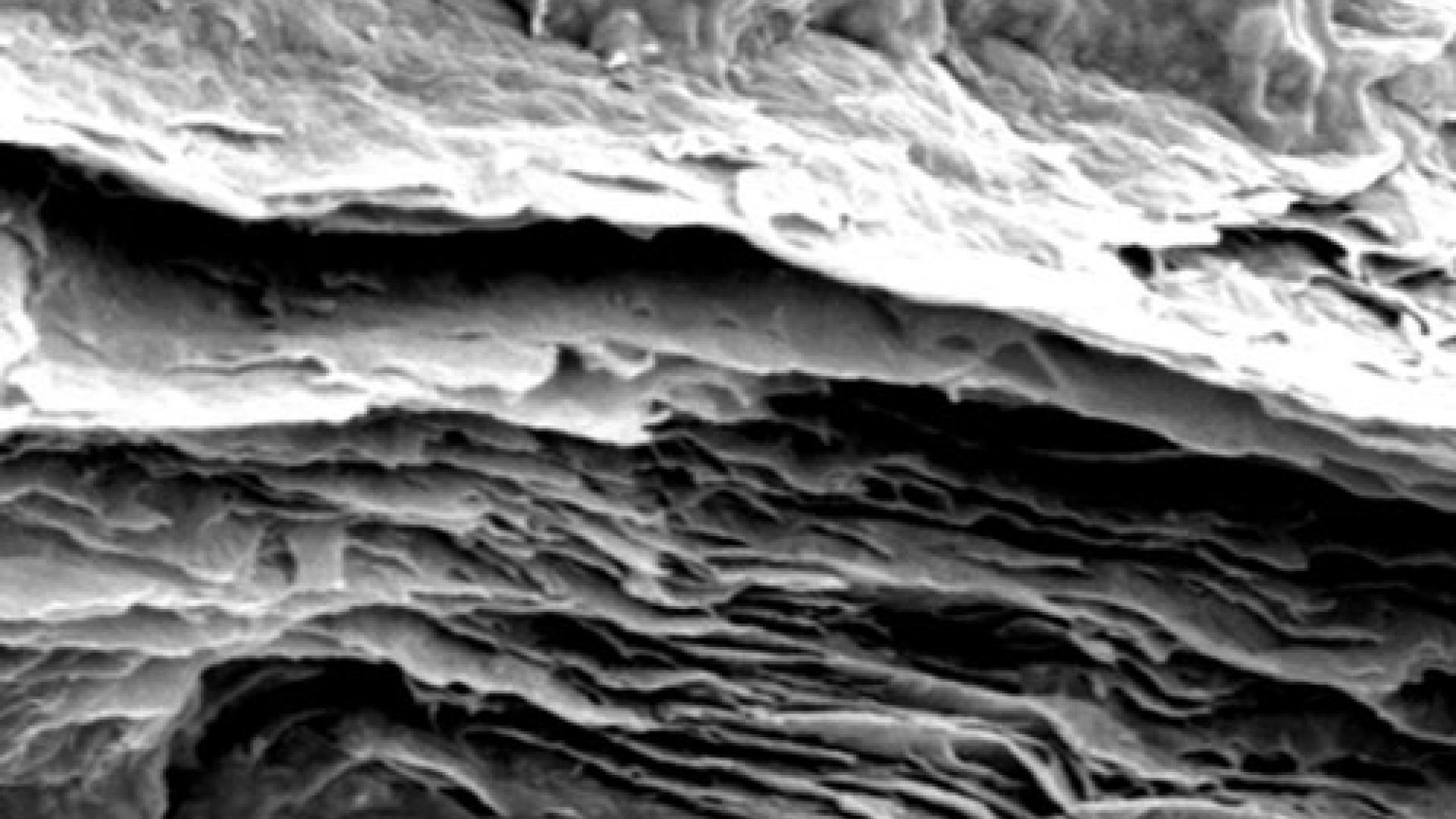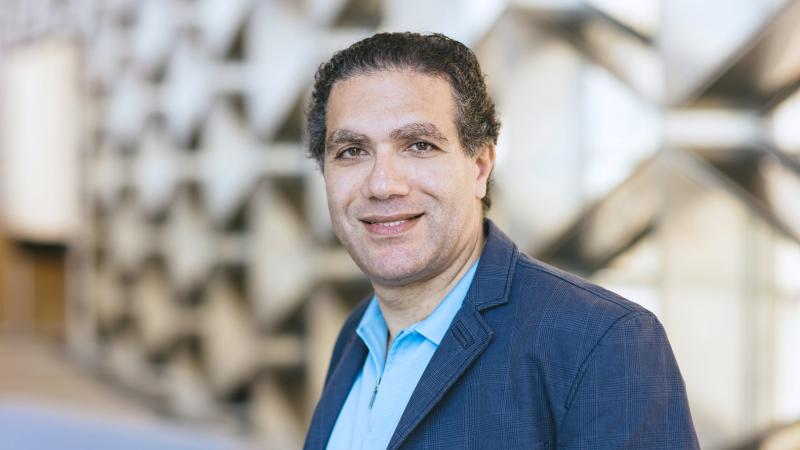© 2014 KAUST
Technology using graphene — a form of carbon comprised of a single atomic layer with unique electronic and mechanical properties — is being hailed in electronics as a potential successor to silicon technology. KAUST researchers have adopted graphene to produce a special type of capacitor that may power future electronics.
A fundamental component of an integrated circuit, the capacitor, has been around for hundreds of years. Despite this long history the humble capacitor still mystifies scientists. The function of a capacitor is to store electrical energy; but one key property is that the voltage lags behind the current by a quarter of an oscillation cycle, also known as a 90 degree phase lag. So a new type of capacitor in which the phase angle can be controlled — known as a fractional capacitor — will allow scientists to fine tune the relation between an alternating current and voltage in an electronic circuit to enable better dynamic control over both of them.
Fractional capacitors have been established in theory since the 1960s yet practical applications have been difficult to achieve. Potentially they would have widespread application in nonlinear electronic devices, such as neuromorphic circuits that emulate the function of the brain.
“Fractional capacitors can be used in situations which don’t suit conventional capacitors, which adds variety to the type and complexity of the circuits we can design,” explains Husam Alshareef, professor of material science and engineering.
Read the full article

